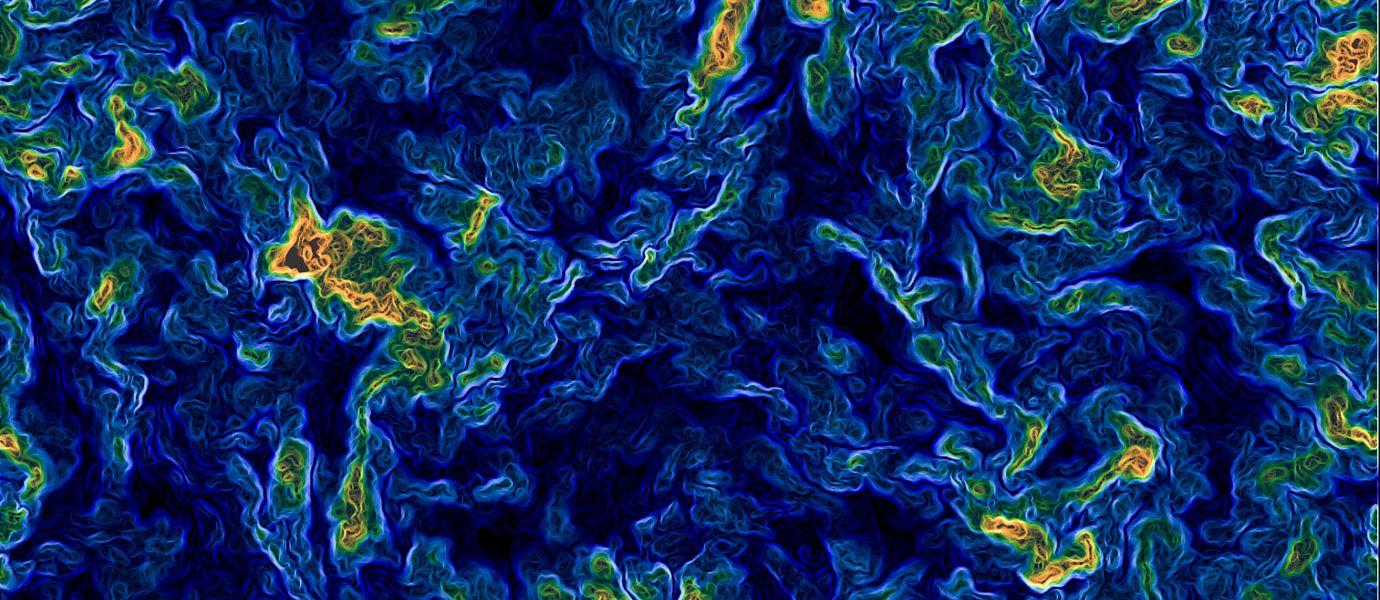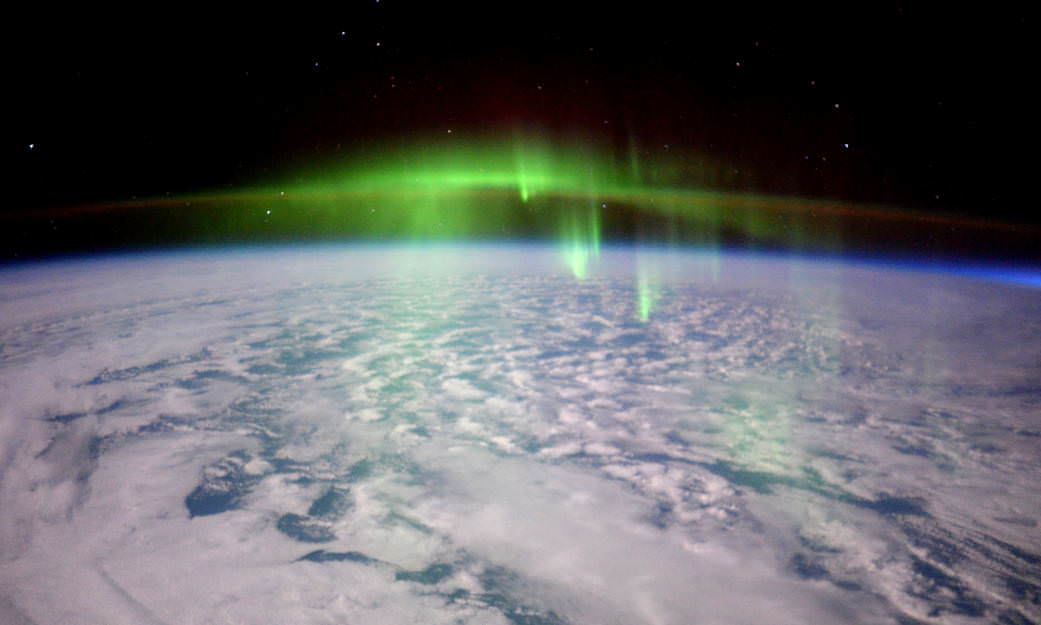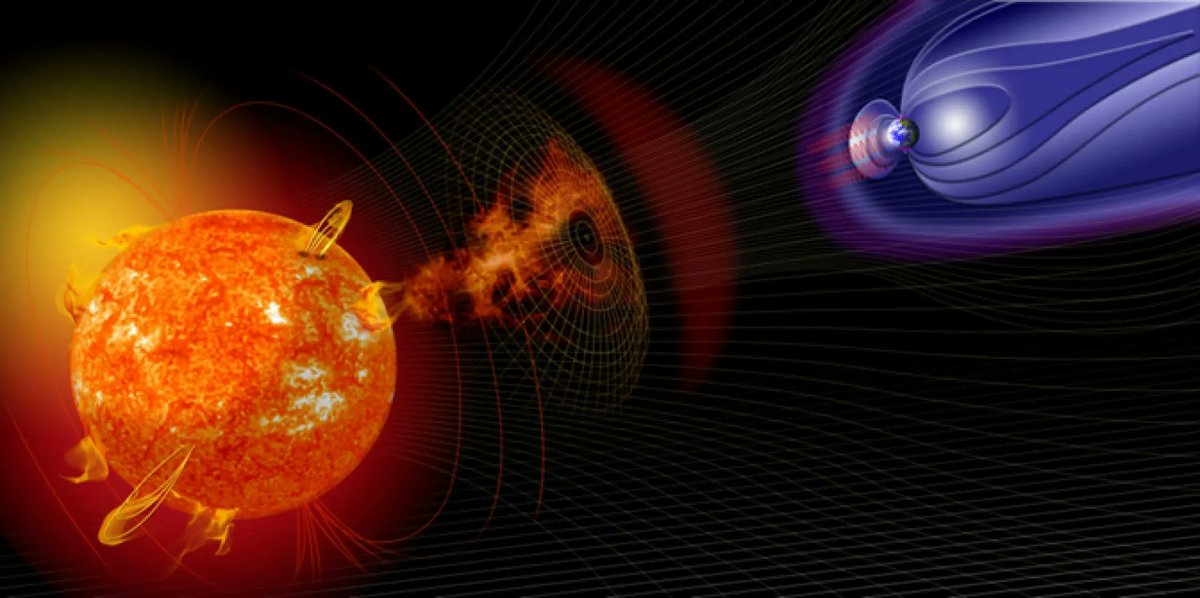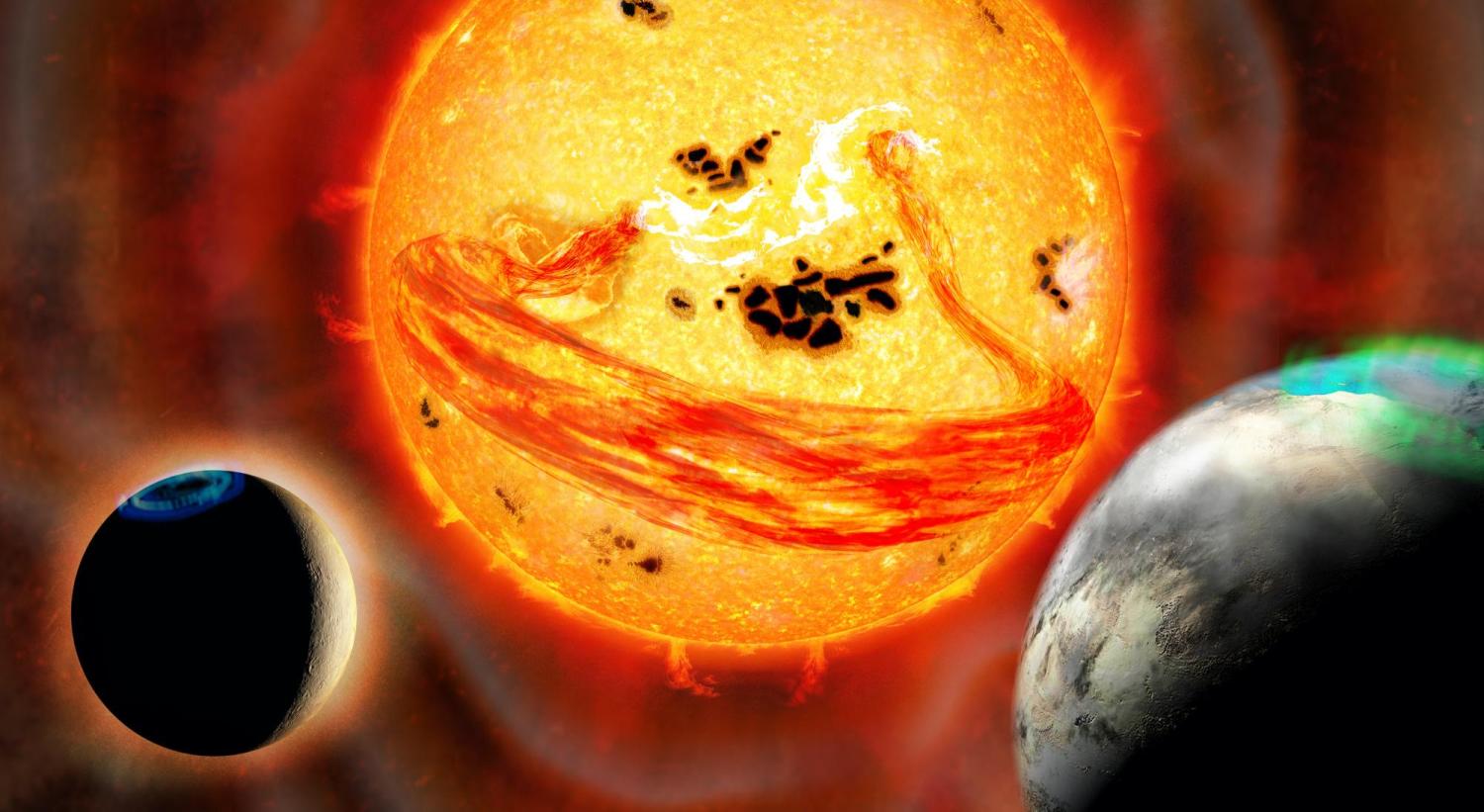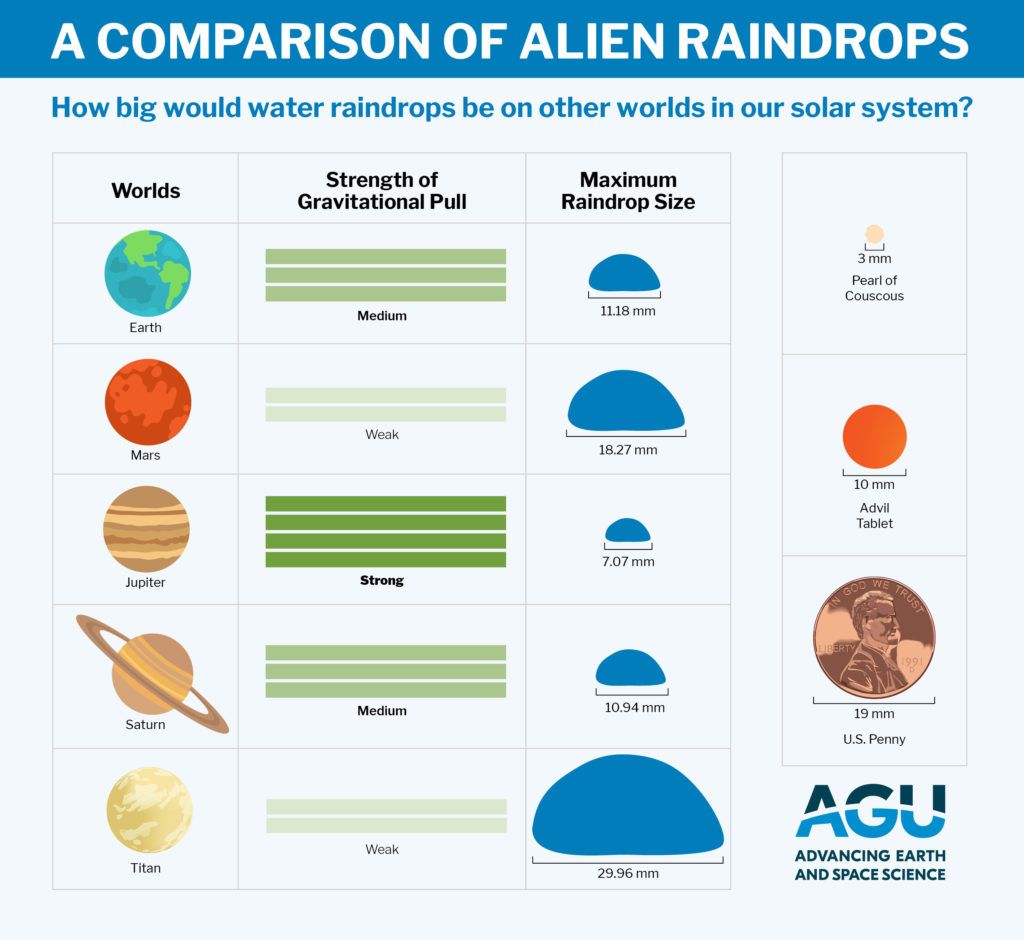The rail service here in the UK is often the brunt of jokes. If it’s not the wrong type of rain, or the leaves are laying on the tracks the wrong way then it’s some other seemingly ludicrous reason that the trains are delayed, or even cancelled. A recent study by scientists at the University of Lancaster suggest that even the solar wind might cause train signals to be incorrectly triggered with potentially disastrous consequences.
Continue reading “Solar Storms Could Cause Mayhem to Trains”These New Computer Simulations of the Sun are Hypnotic
It’s almost impossible to over-emphasize the primal, raging, natural power of a star. Our Sun may appear benign in simple observations, but with the advanced scientific instruments at our disposal in modern times, we know differently. In observations outside the narrow band of light our eyes can see, the Sun appears as an enraged, infuriated sphere, occasionally hurling huge jets of plasma into space, some of which slam into Earth.
Jets of plasma slamming into Earth isn’t something to be celebrated (unless you’re in a weird cult); it can cause all kinds of problems.
Continue reading “These New Computer Simulations of the Sun are Hypnotic”Now We Know How a Solar Storm Took Out a Fleet of Starlinks
On March 23rd, sky observers marveled at a gorgeous display of northern and southern lights. It was reminder that when our Sun gets active, it can spark a phenomenon called “space weather.” Aurorae are among the most benign effects of this phenomenon.
Continue reading “Now We Know How a Solar Storm Took Out a Fleet of Starlinks”133 Days of the Sun’s Glory

NASA’s Goddard Space Flight Center has released an hour-long time-lapse video that shows 133 days of the Sun’s life. The video shows the Sun’s chaotic surface, where great loops of plasma arch above the star along magnetic field lines. Sometimes the looping plasma reconnects to the star, and other times it’s ejected into space, creating hazardous space weather.
Continue reading “133 Days of the Sun’s Glory”Space Weather is an Ever-Increasing Threat to Humanity. But it’s not the Sun’s Fault, it’s Ours
Space-age technologies have made fundamental changes to the way we live our lives. Avionics allow us to fly to other continents on almost a moment’s notice. GNSS services enable us to navigate our cars on roads we’ve never driven before without a paper map. And some form of radio has become the backbone of both our entertainment and communication networks. So what happens if a solar storm disrupts all of that? That is the focus of a new review paper by Natalia Buzulukova and Bruce Tsurutani, one of the world’s leading experts on space weather. They stress that we haven’t adequately prepared for a once-in-a-millennial solar storm that may be coming soon.
Continue reading “Space Weather is an Ever-Increasing Threat to Humanity. But it’s not the Sun’s Fault, it’s Ours”What’s Being Done to Protect Astronauts From Radiation in Deep Space?
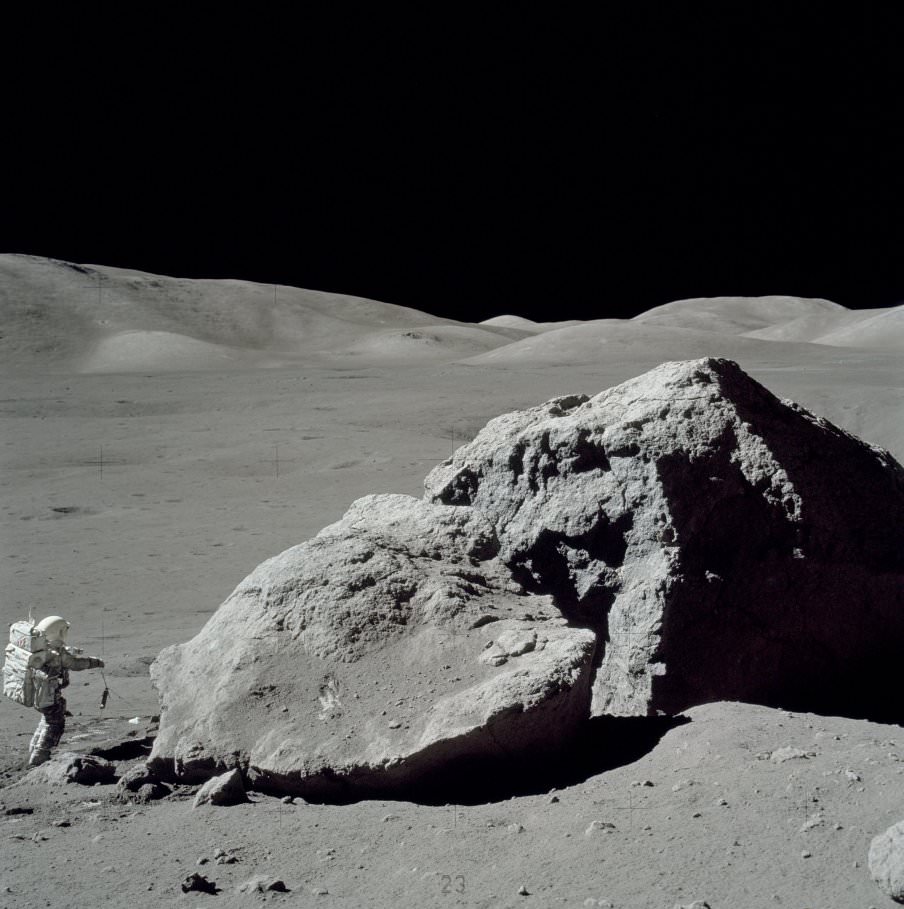
In 1982, author James Michener published his sprawling Space Race novel, Space. In it, he describes a fictional Apollo 18 mission to the Moon. While the astronauts are on the surface, the Sun unleashes a huge storm, trapping them outside of their protective capsule. The two men get blasted by lethal amounts of radiation before they can get to safety.
Continue reading “What’s Being Done to Protect Astronauts From Radiation in Deep Space?”The Tonga Eruption Reached Space!

Volcanic eruptions do more than send lava and clouds of noxious gas across the landscape, and trigger tsunamis and sonic booms. Sometimes they reach for space! In the case of the January 2022 underwater eruption of Tonga-Hunga Ha’apai, it sent a pressure wave through all altitudes of Earth’s atmosphere. Seismic stations and weather stations around the world (including the one on my front deck) recorded that wave as it boomeranged around the planet! And, there was another surprising result. The Tonga eruption breached Earth’s atmosphere and caused space-weather-like disruptions at the edge of space.
Continue reading “The Tonga Eruption Reached Space!”A Sun-Like Star Just Blasted out a Flare That Would be Devastating if it Happened Here
In the search for “potentially-habitable” extrasolar planets, one of the main things scientists look at is stellar activity. Whereas stars like our own, a G-type (G2V) yellow dwarf, are considered stable over time, other classes are variable and prone to flare-ups – particularly M-type red dwarf stars. Even if a star has multiple planets orbiting within its habitable zone (HZ), the tendency to periodically flare could render these planets completely uninhabitable.
According to a new study, stars like our own may not be as stable as previously thought. While observing EK Draconis, a G1.5V yellow dwarf located 110.71 light-years away, an international team of astronomers witnessed a massive coronal mass ejection that dwarfed anything we’ve ever seen in our Solar System. These observations suggest that these ejections can worsen over time, which could be a dire warning for life here on Earth.
Continue reading “A Sun-Like Star Just Blasted out a Flare That Would be Devastating if it Happened Here”What Would Raindrops be Like on Other Worlds?
Precipitation is much more widespread throughout that solar system than commonly assumed. Obviously it rains water on Earth. But it snows carbon dioxide on Mars, rains methane on Titan, sulfuric acid on Venus, and could potentially rain diamonds on Neptune. The type of material falling out of the sky is almost as varied as the planets themselves. New research from a team led by Kaitlyn Loftus at Harvard found a similarity for all of the liquid materials that constitute rain throughout the solar system – all of the drops, no matter the material, are roughly the same size.
Continue reading “What Would Raindrops be Like on Other Worlds?”ESA is Considering a Mission to Give Advanced Warnings of Solar Storms
The Sun is not exactly placid, though it appears pretty peaceful in the quick glances we can steal with our naked eyes. In reality though, the Sun is a dynamic, chaotic body, spraying out solar wind and radiation and erupting in great sheets of plasma. Living in a technological society next to all that is a challenge.
Continue reading “ESA is Considering a Mission to Give Advanced Warnings of Solar Storms”

